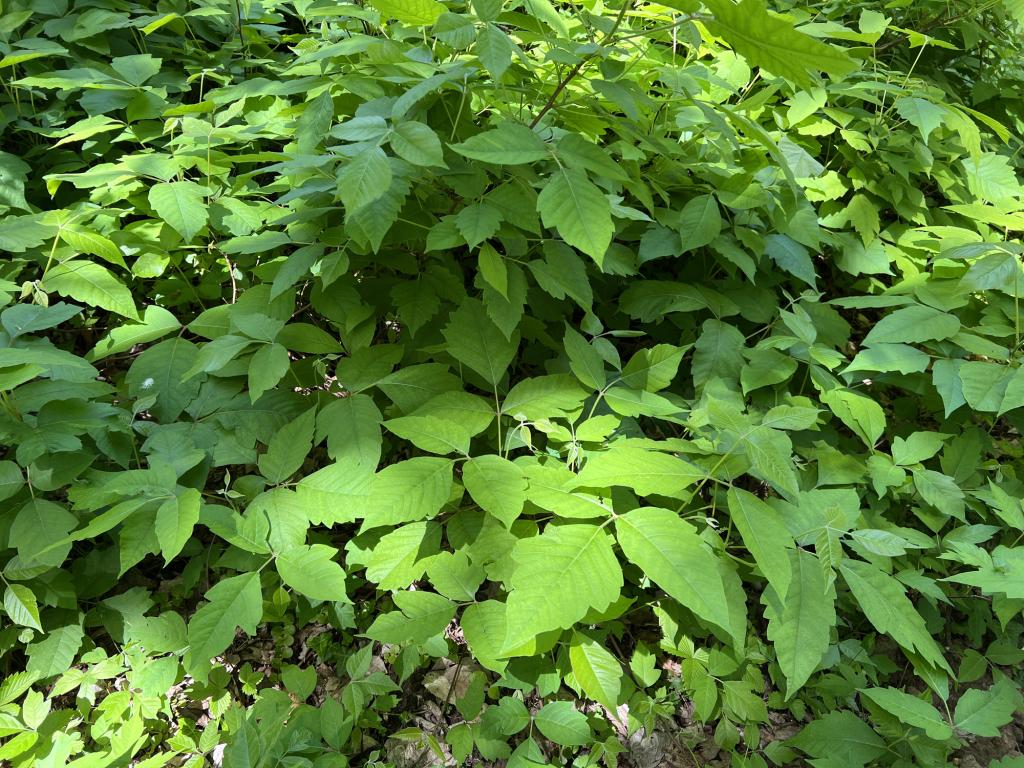Avoid Poison Ivy in Austin Parks and Trails

Knowing how to identify and avoid poison ivy is essential for staying safe while enjoying Austin's parks and trails.
What Is Poison Ivy?
Poison ivy (Toxicodendron radicans) is a native perennial plant that can grow as a vine, shrub, or ground cover. It typically features clusters of three leaflets with smooth, wavy, or serrated edges. While the saying “leaves of three, let it be” is a helpful rule of thumb, not every three-leaflet plant is poison ivy, so careful identification is key.
Why It Matters
Poison ivy contains urushiol, an oily resin that can cause intense itching, redness, swelling, and blisters. Contact can occur directly from the plant or indirectly from contaminated clothing, tools, or even pet fur. Reactions can appear within hours and last up to 10 days or more.
How to Stay Safe on Trails and in Parks
- Know what to look for: Learn to identify poison ivy’s three-leaflet clusters, which may vary in shape and color.
- Dress appropriately: Wear long pants, sleeves, and gloves if you’re hiking or working in vegetated areas where poison ivy might be present.
- Stay on designated trails: Avoid walking through brushy or overgrown areas off-trail.
- Be cautious with pets: Pets can carry urushiol on their fur after running through affected areas, potentially transferring it to you.
What to Do If You’re Exposed
- Act quickly: Rinse exposed skin with cold water as soon as possible, ideally within 20 minutes.
- Clean belongings: Wash clothing, shoes, and gear to remove any lingering oil.
- Treat symptoms: Over-the-counter remedies such as antihistamines or anti-itch creams can help. Seek medical attention if the reaction is severe or affects sensitive areas like the face or eyes.
